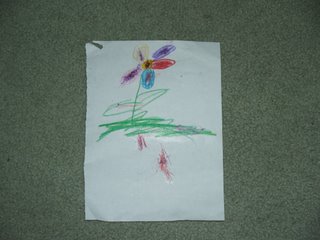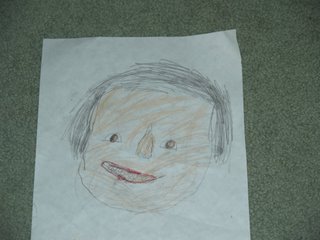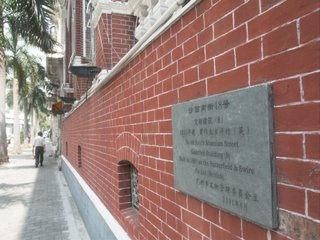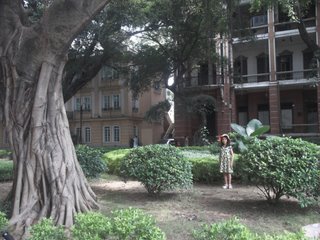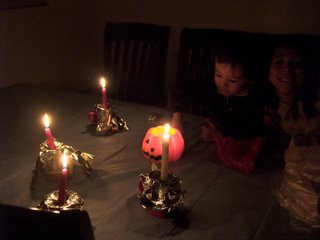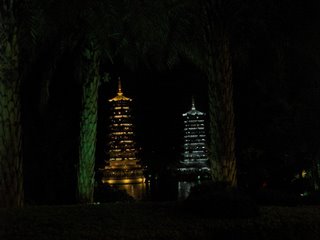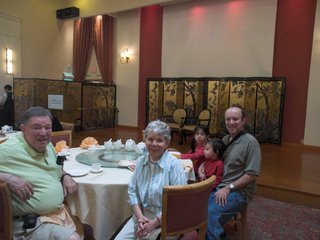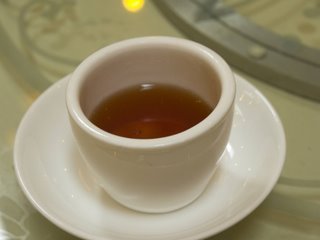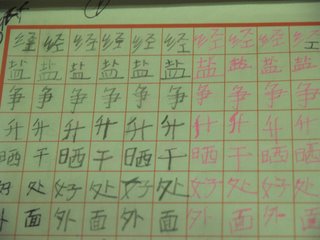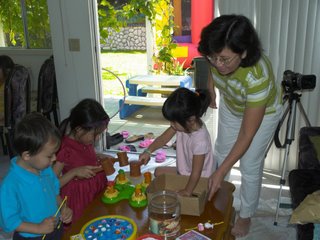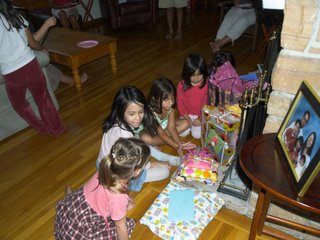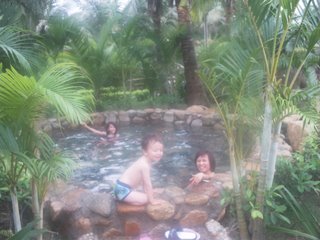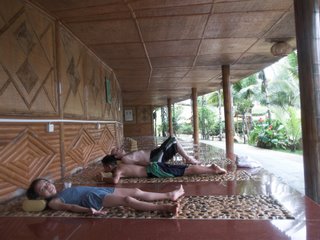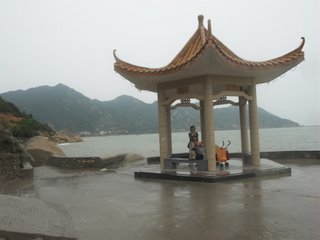
Spending Money: Observations of Chinese and Western Differences 花錢的概念: 中國與西方
Sometimes little differences like shopping can have a big impact on a relationship. Typical example is the apocryphal 虛構的 story of the husband / wife difference in buying flowers. A husband buys a dozen roses for his wife and tells her that he got them for a bargain price. She’s upset and he doesn’t know why….differences in the value of money that can cause problems.
I have found that Chinese value bargains and seem to enjoy looking for the best product at the cheapest price much more than Westerners. When my wife finds a bargain, say a peddler comes to her workplace 去她的辦公室賣批發產品 and she finds a good looking pair of shoes 鞋子 for a dollar or two in American money or inexpensive socks 襪子 or some other item, she enjoys it and tells me about her bargain. Going out to a restaurant, she is very happy (me too) when we dine well for a cheap price. I am the same way, but I am by no means typical of Westerners. Both of us enjoy going out to markets like the one in the photo.
By contrast, in Western culture people just do not get as excited about that sort of thing…at best. No one seems quiet as happy as I do that I paid $3 for my pair of genuine leather name-brand looking shoes. At worst, in some social contexts it is considered a faux pas to talk about inexpensive prices, something that pegs one as lower class 沒有 水準的人才會這樣. “You get what you pay for” probably sums up how people feel 一分錢, 一分貨.







